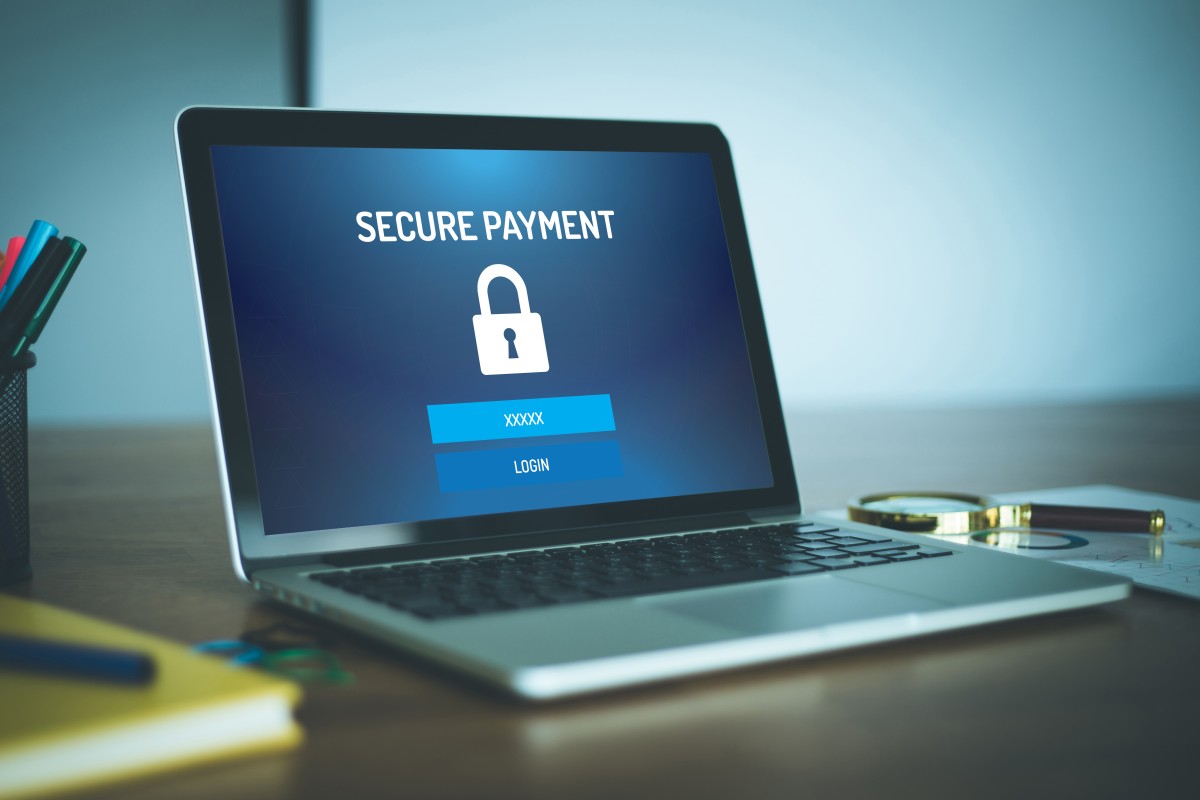Picture this: millions of transactions happening every second, money zipping across borders at lightning speed, and a complex web of systems working tirelessly to keep it all secure. Welcome to the world of global payments – a marvel of modern technology that most of us take for granted. 🌍💸
But have you ever wondered what’s happening behind the scenes? How do these systems handle the sheer volume of transactions? What safeguards are in place to protect our hard-earned money? And how do they manage to transfer funds across the globe in mere seconds? These questions touch on the very core of our increasingly interconnected economy.
In this deep dive, we’ll peel back the layers of the global payment system to reveal its intricate design. We’ll explore how these systems scale to handle worldwide transactions, the robust security measures that keep our money safe, and the lightning-fast speeds that define modern finance. So fasten your seatbelts as we embark on a journey through the fascinating world of global payment systems – where scale, security, and speed converge to power our digital economy. 🚀💳
Understanding Global Payment Systems
A. Key components of international transactions
International transactions involve several key components that work together to ensure seamless cross-border payments. These components include:
- Sender’s bank
- Recipient’s bank
- Correspondent banks
- Payment networks
- Currency exchange systems
- Regulatory compliance systems
| Component | Role in International Transactions |
|---|---|
| Sender’s bank | Initiates the transaction and validates sender’s identity |
| Recipient’s bank | Receives and credits funds to the recipient’s account |
| Correspondent banks | Act as intermediaries for banks without direct relationships |
| Payment networks | Facilitate communication and fund transfers between banks |
| Currency exchange systems | Convert funds between different currencies |
| Regulatory compliance systems | Ensure transactions adhere to international laws and regulations |
B. The role of intermediaries in global payments
Intermediaries play a crucial role in facilitating global payments by:
- Bridging the gap between banks without direct relationships
- Providing liquidity for currency exchange
- Ensuring compliance with international regulations
- Offering additional services such as fraud detection and risk management
C. Challenges in cross-border transactions
Cross-border transactions face several challenges, including:
- Currency fluctuations
- Time zone differences
- Varying regulatory requirements
- High transaction fees
- Longer processing times
These challenges can impact the efficiency and cost-effectiveness of international payments. To address these issues, financial institutions and technology companies are constantly innovating and developing new solutions to streamline the global payment process.
Scaling for Worldwide Transactions
Distributed systems and load balancing
In the world of global payment systems, distributed systems and load balancing play a crucial role in handling massive transaction volumes. These architectures ensure high availability and optimal performance across geographically dispersed networks.
- Key components of distributed systems:
- Data replication
- Fault tolerance
- Horizontal scaling
- Consistency mechanisms
Load balancing algorithms distribute incoming requests across multiple servers, preventing bottlenecks and ensuring efficient resource utilization.
| Load Balancing Method | Description | Best Use Case |
|---|---|---|
| Round Robin | Distributes requests sequentially | General-purpose, even distribution |
| Least Connections | Sends to server with fewest active connections | Variable request processing times |
| IP Hash | Uses client IP to determine server | Session persistence |
Cloud-based infrastructure for global reach
Cloud platforms provide the scalability and flexibility needed for global payment systems. They offer:
- On-demand resource allocation
- Multi-region deployment
- Automatic failover and disaster recovery
- Pay-as-you-go pricing models
Handling peak transaction periods
To manage high-volume periods like Black Friday or holiday shopping seasons, payment systems employ:
- Elastic scaling: Automatically adjusting resources based on demand
- Caching strategies: Reducing database load for frequently accessed data
- Queue-based processing: Managing sudden spikes in transaction requests
Strategies for reducing latency across regions
Minimizing transaction processing time across different geographical locations is crucial for user experience and system efficiency. Key strategies include:
- Edge computing: Placing processing closer to end-users
- Content Delivery Networks (CDNs): Caching static content globally
- Optimized routing protocols: Selecting the fastest network paths
- Database sharding: Distributing data across multiple servers for faster access
By implementing these scaling strategies, global payment systems can handle worldwide transactions efficiently, ensuring reliability and speed for users across the globe. Next, we’ll explore the critical aspect of security in these large-scale payment infrastructures.
Ensuring Robust Security Measures
Encryption protocols for data protection
In global payment systems, robust encryption protocols are crucial for safeguarding sensitive financial data. Two primary encryption methods are widely used:
- Symmetric encryption
- Asymmetric encryption
| Encryption Type | Key Usage | Speed | Security Level |
|---|---|---|---|
| Symmetric | Single key | Fast | High |
| Asymmetric | Public/private key pair | Slower | Very High |
Most payment systems employ a hybrid approach, combining both methods for optimal security and performance.
Multi-factor authentication implementation
Multi-factor authentication (MFA) adds an extra layer of security to global payment systems. Common MFA methods include:
- Something you know (password)
- Something you have (mobile device)
- Something you are (biometrics)
Implementing MFA significantly reduces the risk of unauthorized access and fraudulent transactions.
Fraud detection and prevention systems
Advanced fraud detection systems utilize machine learning algorithms to analyze transaction patterns and identify suspicious activities in real-time. These systems consider various factors:
- Transaction amount
- Geographic location
- Time of day
- User behavior patterns
By continuously updating their models, these systems adapt to new fraud techniques, ensuring robust protection for global payment networks.
Compliance with international security standards
Global payment systems must adhere to stringent international security standards to maintain trust and interoperability. Key standards include:
- PCI DSS (Payment Card Industry Data Security Standard)
- ISO 27001 (Information Security Management)
- GDPR (General Data Protection Regulation)
Compliance with these standards ensures that payment systems maintain a high level of security across different jurisdictions.
Disaster recovery and business continuity planning
To maintain uninterrupted service in the face of potential disasters, global payment systems implement comprehensive disaster recovery and business continuity plans. These plans typically include:
- Redundant data centers
- Regular data backups
- Failover mechanisms
- Periodic testing and drills
These measures ensure that payment systems can quickly recover from unforeseen events and maintain operational continuity. With robust security measures in place, global payment systems can focus on optimizing speed and efficiency in their operations.
Optimizing for Speed and Efficiency
Real-time payment processing technologies
Real-time payment processing has revolutionized the global financial landscape, enabling instant transactions across borders. These technologies leverage advanced infrastructure and protocols to minimize latency and ensure immediate fund availability.
Key components of real-time payment systems include:
- Instant settlement mechanisms
- 24/7 availability
- API-driven architecture
- ISO 20022 messaging standards
| Feature | Benefit |
|---|---|
| Instant settlement | Immediate fund availability |
| 24/7 availability | Continuous transaction processing |
| API-driven architecture | Easy integration and scalability |
| ISO 20022 messaging | Enhanced data exchange and interoperability |
Streamlining payment routes
Optimizing payment routes is crucial for enhancing efficiency in global payment systems. This involves identifying the most direct and cost-effective paths for transactions, reducing intermediaries, and minimizing processing time.
Leveraging blockchain for faster settlements
Blockchain technology offers significant potential for accelerating settlement processes in global payments. Its decentralized nature and immutable ledger provide transparency and security while enabling near-instantaneous transactions.
AI-powered transaction optimization
Artificial Intelligence plays a pivotal role in optimizing transaction processing. Machine learning algorithms can:
- Predict transaction patterns
- Detect and prevent fraud in real-time
- Optimize routing decisions
- Automate compliance checks
These AI-driven optimizations significantly reduce processing times and improve overall system efficiency. As we move forward, the integration of these technologies will continue to shape the future of global payment systems, offering even faster and more secure transactions.
The Future of Global Payment Systems
Emerging technologies shaping the industry
The future of global payment systems is being shaped by cutting-edge technologies that promise to revolutionize the way we transact. Artificial Intelligence (AI) and Machine Learning (ML) are at the forefront, enhancing fraud detection and providing personalized financial services. Blockchain technology is gaining traction, offering increased transparency and reducing intermediaries in cross-border transactions.
| Technology | Impact on Global Payments |
|---|---|
| AI/ML | Enhanced fraud detection, personalized services |
| Blockchain | Increased transparency, reduced intermediaries |
| IoT | Seamless integration of payments in smart devices |
| 5G | Faster, more reliable transactions |
Integration of cryptocurrencies and stablecoins
Cryptocurrencies and stablecoins are increasingly being integrated into global payment systems, offering new possibilities for cross-border transactions. These digital assets provide:
- Faster settlement times
- Lower transaction fees
- Increased financial inclusion
However, regulatory challenges and volatility concerns need to be addressed for widespread adoption.
Open banking and API-driven innovations
Open banking initiatives and API-driven innovations are transforming the payment landscape. These advancements allow for:
- Seamless integration of financial services
- Enhanced user experiences
- Increased competition and innovation in the fintech sector
As a result, we’re seeing a proliferation of new payment solutions and value-added services that leverage these open ecosystems.
Preparing for quantum computing challenges
The advent of quantum computing poses both opportunities and challenges for global payment systems. While quantum algorithms could potentially enhance encryption and security measures, they also threaten to break current cryptographic protocols. Payment system architects must start preparing for the post-quantum era by:
- Developing quantum-resistant cryptographic algorithms
- Upgrading infrastructure to support new security protocols
- Collaborating with quantum computing experts to stay ahead of potential threats
As these technologies continue to evolve, the future of global payment systems will be characterized by increased security, efficiency, and innovation.
Global payment systems are the backbone of our interconnected financial world, enabling seamless transactions across borders. As we’ve explored, these systems are built on a foundation of scalability, security, and speed. The ability to handle millions of transactions simultaneously, protect sensitive financial data, and complete transfers in seconds is a testament to the sophisticated technology and infrastructure supporting global payments.
As the digital economy continues to evolve, so too will payment systems. The integration of blockchain technology, artificial intelligence, and advanced encryption methods promises to further enhance the efficiency and security of global transactions. By staying informed about these developments, businesses and individuals can better navigate the changing landscape of international finance and leverage the power of global payment systems to their advantage.



















